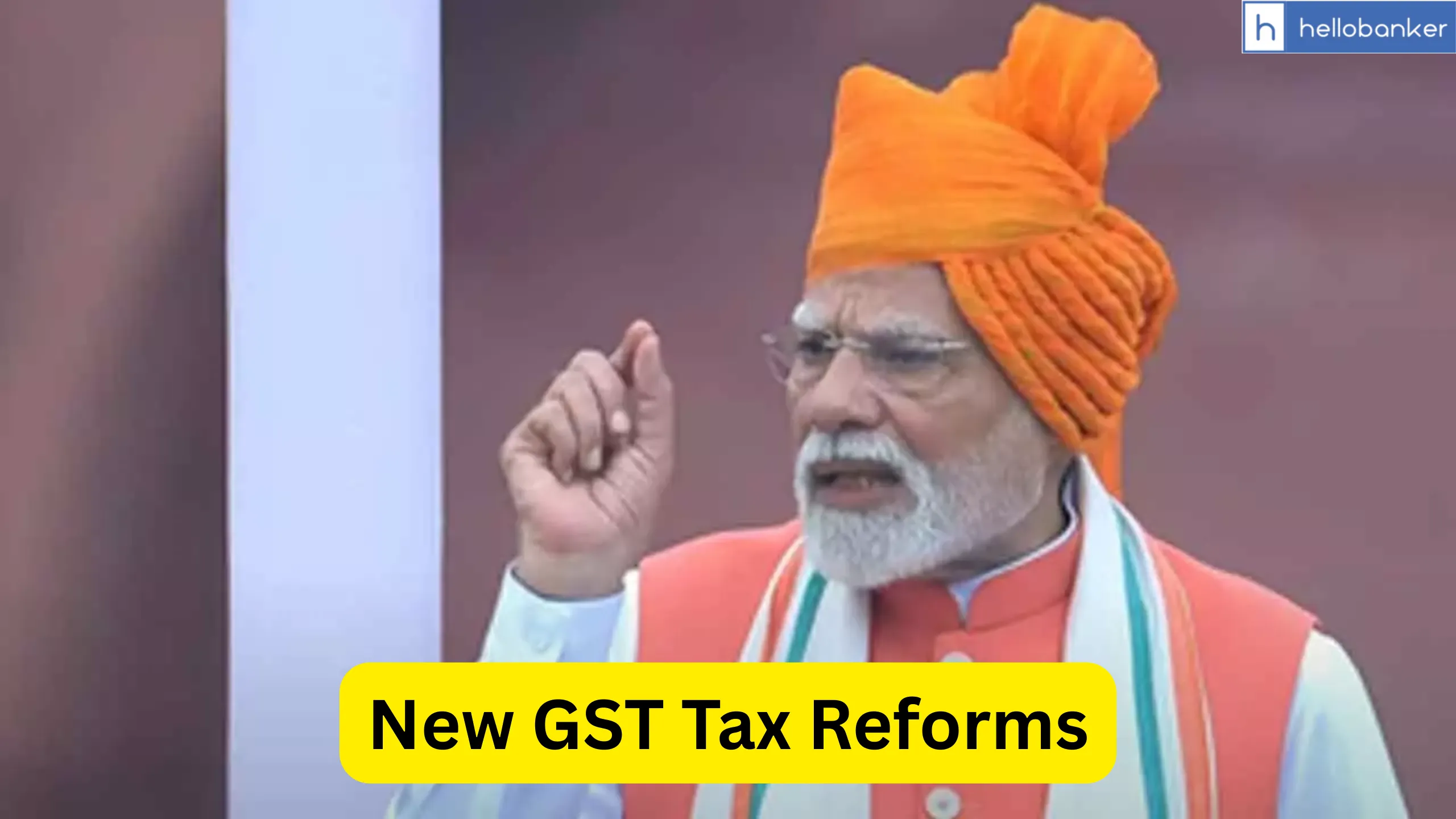On 79th Independence Day, Prime Minister Narendra Modi announced to give a big gift to citizens in Diwali. He announced to introduce new GST tax reforms for the benefit of public. He announced that the government is preparing a fresh round of changes to make GST simpler, more people-friendly, and supportive of growth.
These upcoming reforms will mainly focus on three areas:
- Structural changes – correcting flaws like different tax rates for similar products.
- Rate rationalisation – adjusting slabs so that items are taxed more logically.
- Ease of living – reducing disputes and making the system easier for taxpayers and businesses.
Officials from the Finance Ministry have said that these reforms are not just about businesses but will directly benefit citizens, especially women, students, farmers, and the middle class. The broader aim is to make GST more transparent, efficient, and stable so that it can strengthen the foundation of an Atmanirbhar Bharat.
Current revenue picture:
At present GST has four slabs – 5%, 12%, 18% and 28%. But most of the revenue comes from 18% slab only.
- 67% of GST revenue comes from the 18% slab.
- Only 5% comes from the 12% slab.
- Around 7% comes from the 5% slab.
- The rest comes from the 28% slab, cess, and other structures.
So, the Government plans to reform the tax structure. As per reports and sources following changes may happen in the GST tax structure:
- Almost 99% of items in the 12% slab may shift down to the 5% slab.
- Around 90% of items in the 28% slab may move to 18%.
- The government is also considering moving towards a simpler two-rate structure — mainly 5% and 18%.
- Goods linked to agriculture and daily use may see lower taxes.
- “Sin goods” and luxury items like tobacco are expected to stay in a higher slab, possibly even 40%, though the exact list is still being discussed.
The proposals have already been shared with state representatives through Groups of Ministers (GoMs). These groups will study the reforms and submit their recommendations to the GST Council, which will take the final decision. Multiple GST Council meetings are expected in September or October, where items will be reviewed one by one.
In the short term, the changes could lead to a small dip in revenue collection. But in the long run, they believe the move will boost consumption, ease tax disputes, and give relief to ordinary citizens while also creating a more business-friendly environment.
These reforms will be carried out by the Central Government in partnership with state governments. If consensus is reached, the new GST structure could be rolled out within this financial year itself.
